How do I choose the right image size for a 3D image?
Here I explain when to choose which image size for a 3D street painting. Not everything can be displayed in a 3D image or only with some tricks, which I will come to later. It depends mainly on the size of the object to be painted.
Objects above or on the floor
Suppose we want to paint a cube that is 1x1x1 meter and is placed on the floor in front of us.
The cube should be three meters away from the camera, i.e. where you are standing. For the camera, we assume that it is placed 1.5 meters above the ground, slightly tilted forward. 1.5 meters is a good average height when shooting with a smartphone. And you rarely hold your smartphone perfectly straight. How large must the area to be painted be then?
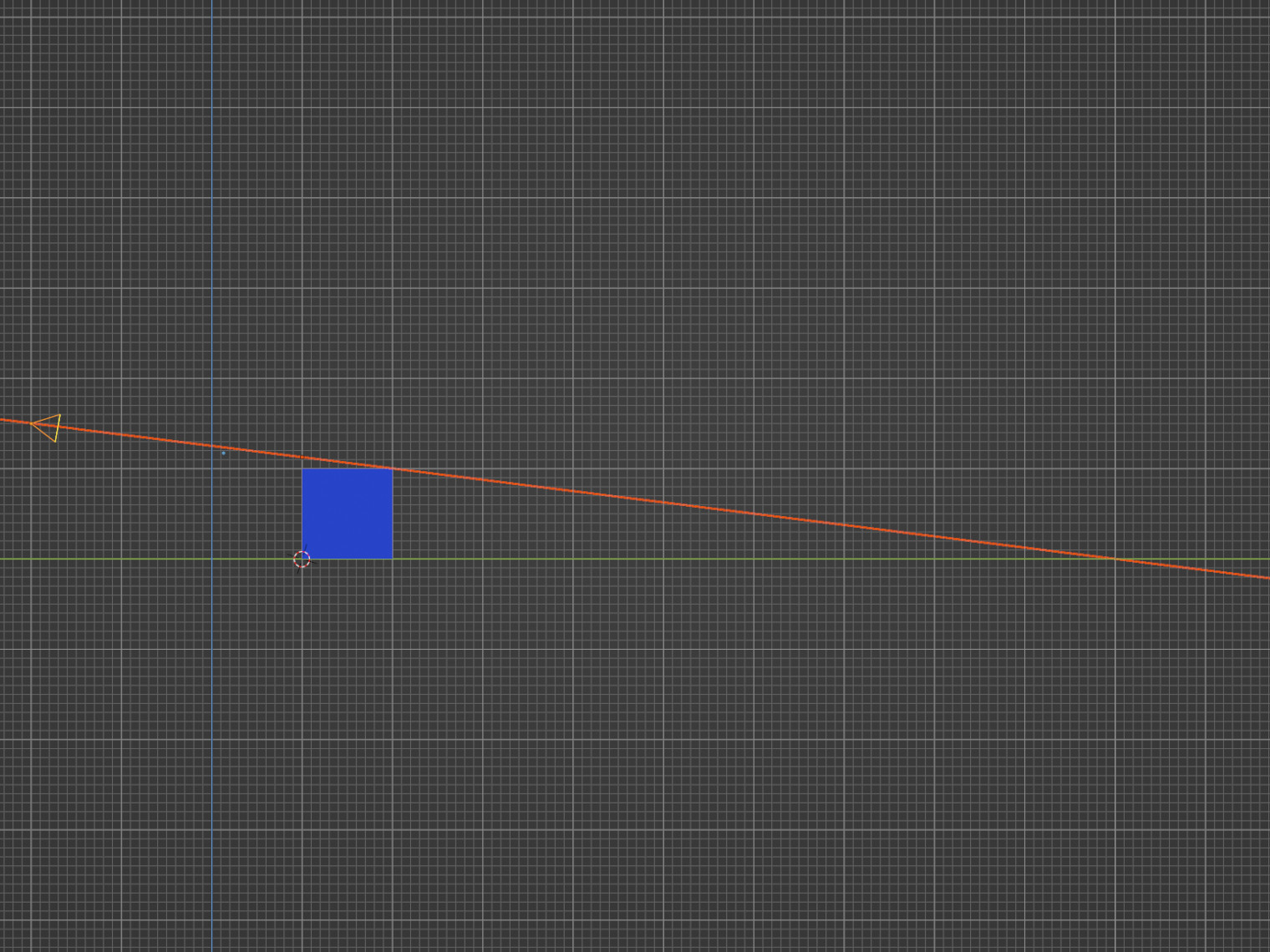
We draw a line that goes from the camera across the back, top edge of the cube to the floor. Where this line intersects the ground is the end of the image area. That is where our picture will stop.
In this case, it is 12 meters from the camera. The camera must be slightly away from the beginning of the image so that the 3D street painting can also be photographed from beginning to end. Two meters is a good distance to photograph a 3D image in most cases.
So we arrive at an image length of 10 meters. Count the boxes on the grid.
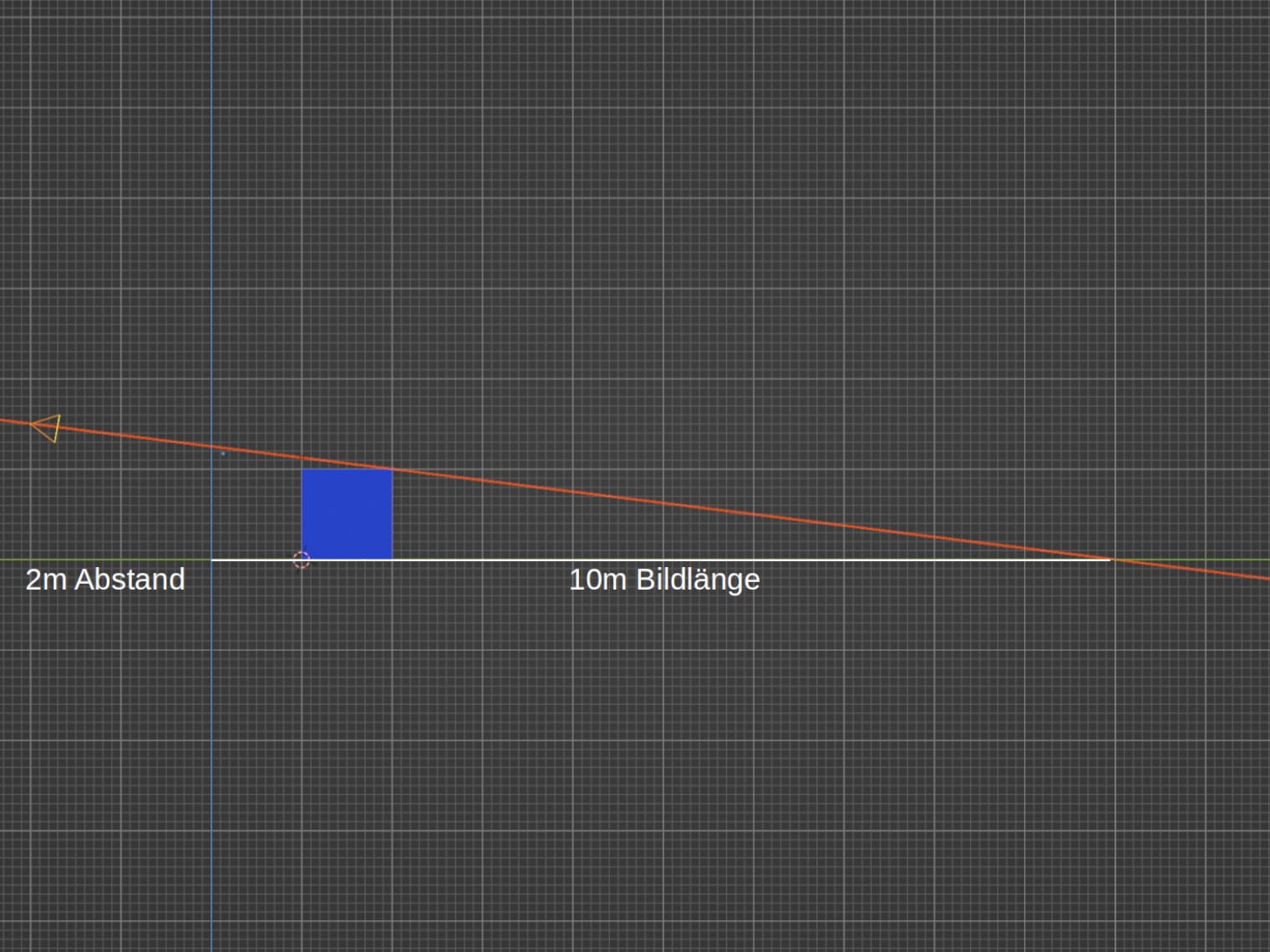
With such a grid you can quickly check how big or long your image will be. This can also be done quickly with a sketch, where you roughly draw a grid with 1×1 meter boxes, define the distance of your camera or smartphone.
Then you just have to draw the object in the right point with the right height. Then just draw the line from the camera across the highest point of the object to the ground and you have your image length.
Below you can see how this looks from the camera’s point of view. The image area is white and the cube ends exactly at the end of the area.
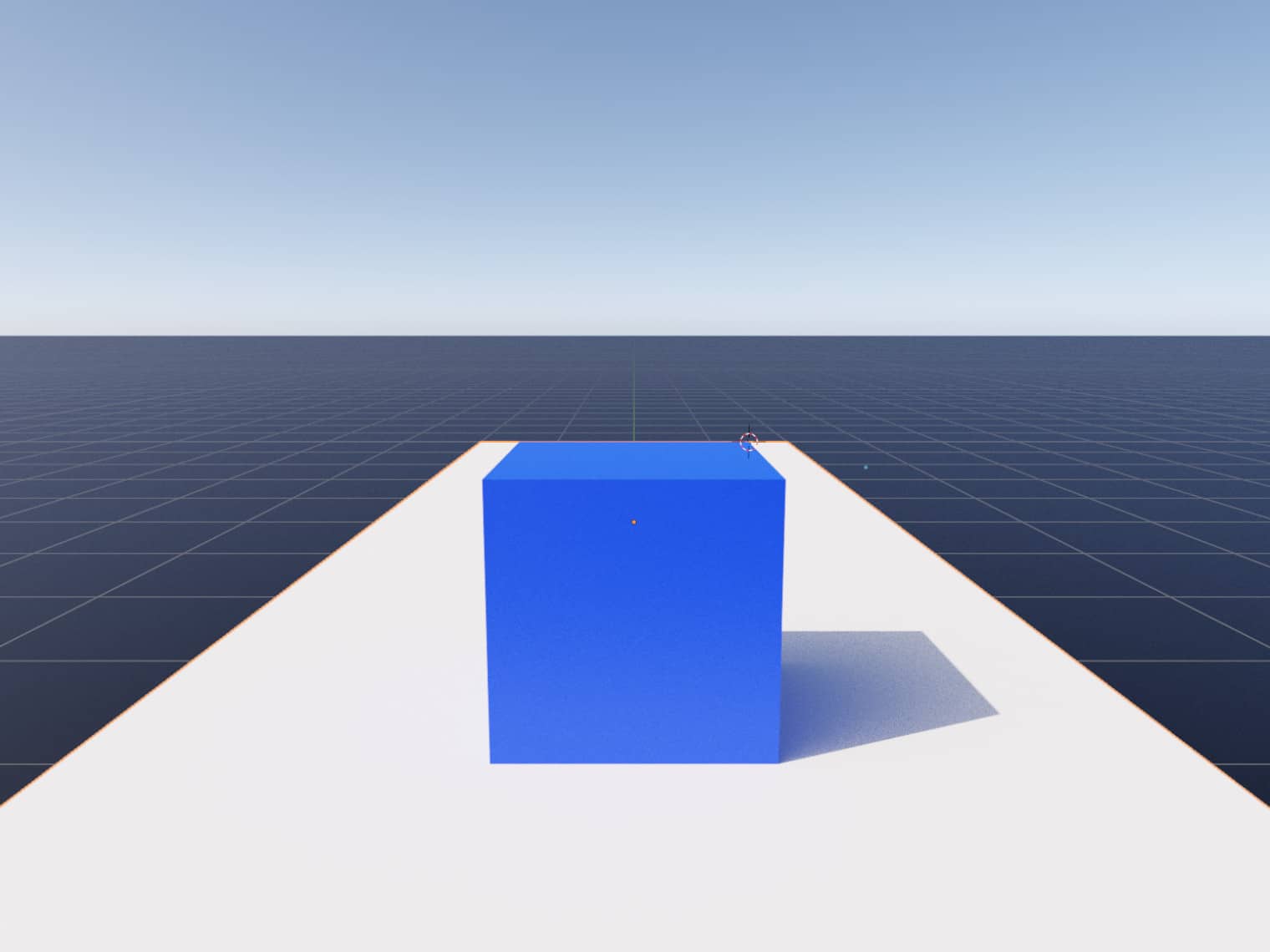
As you might imagine, the 3D street painting gets shorter the higher the camera is. However, in most cases, no giant takes pictures. Let’s say there is a pedestal or the photo point is higher than the image area.
For example, if you’re shooting from a window or balcony, or from a ladder. At a viewing height of just two meters, the image length is reduced to just six meters. At three meters, the image length is only four meters.
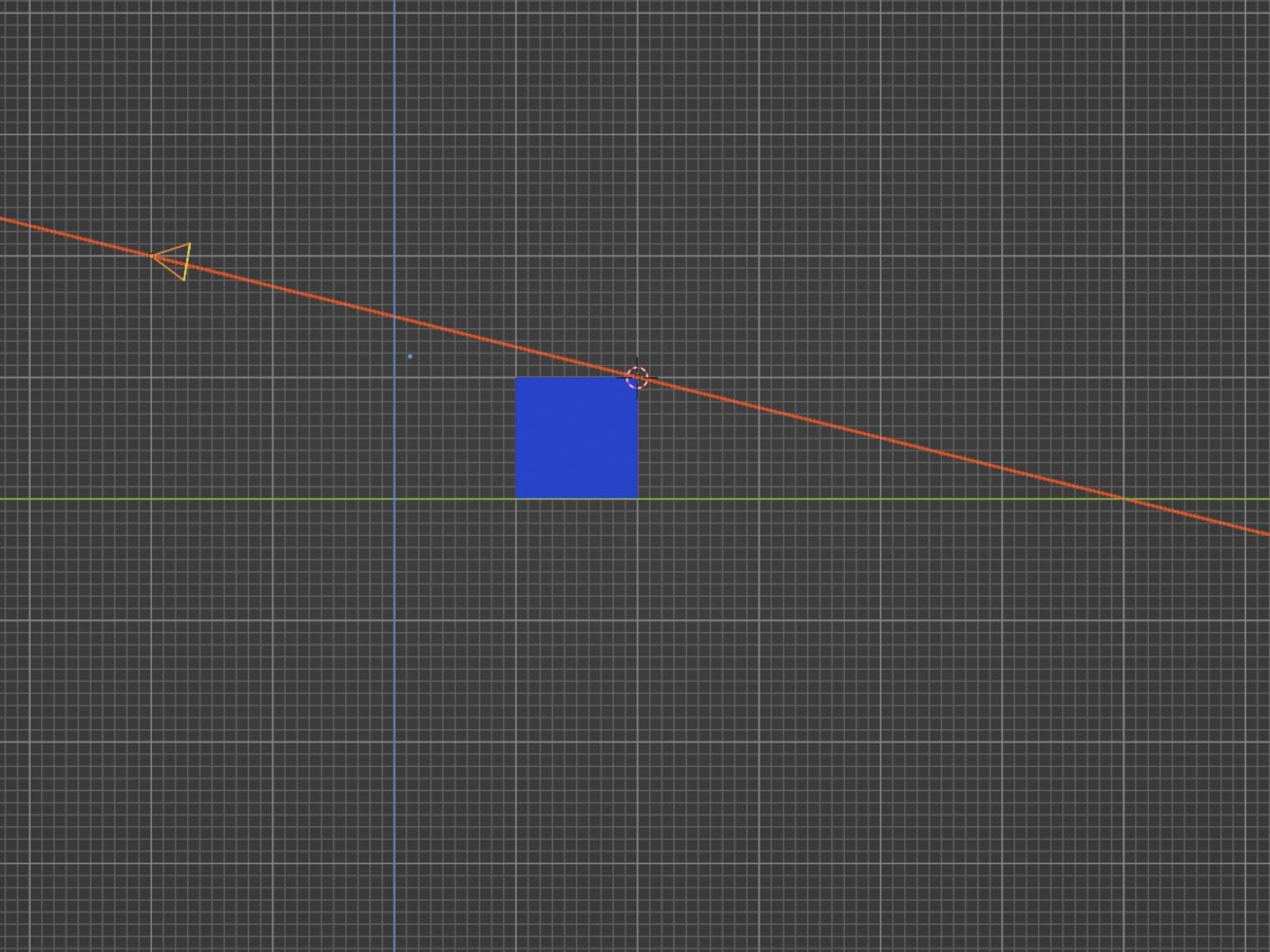
That’s great, then I don’t have to paint such a big picture! Unfortunately, you can rarely take pictures from this height. The next picture also shows why this makes only limited sense to set the photo point higher by a pedestal or stage.
Two meters can still be reached with an outstretched arm if need be. From three meters and more it needs a chair, a ladder or something. And what you still see of the surroundings in the photo is almost only soil.
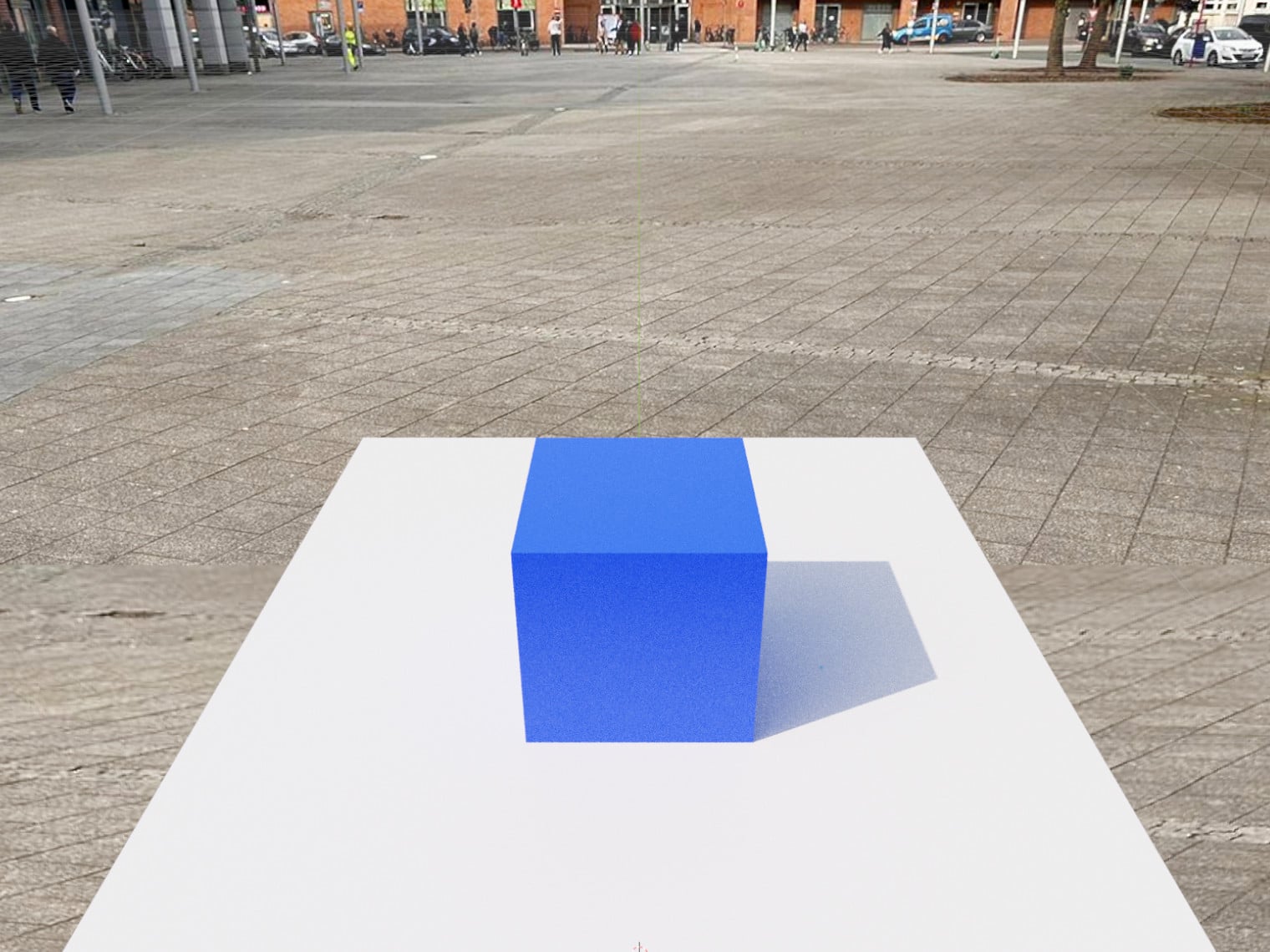
Here, the camera is placed at a height of three meters and tilted strongly downwards. Sure, you can get by with four meters of image length, but does that still look good?
In rare cases and with a lot of preparation of the 3D street painting for the specific situation, this is feasible and sometimes useful. As a rule, however, you should assume an average height of the camera point. This is 1.5 – 1.6 meters. And then the picture with our cube must be 10 meters long.
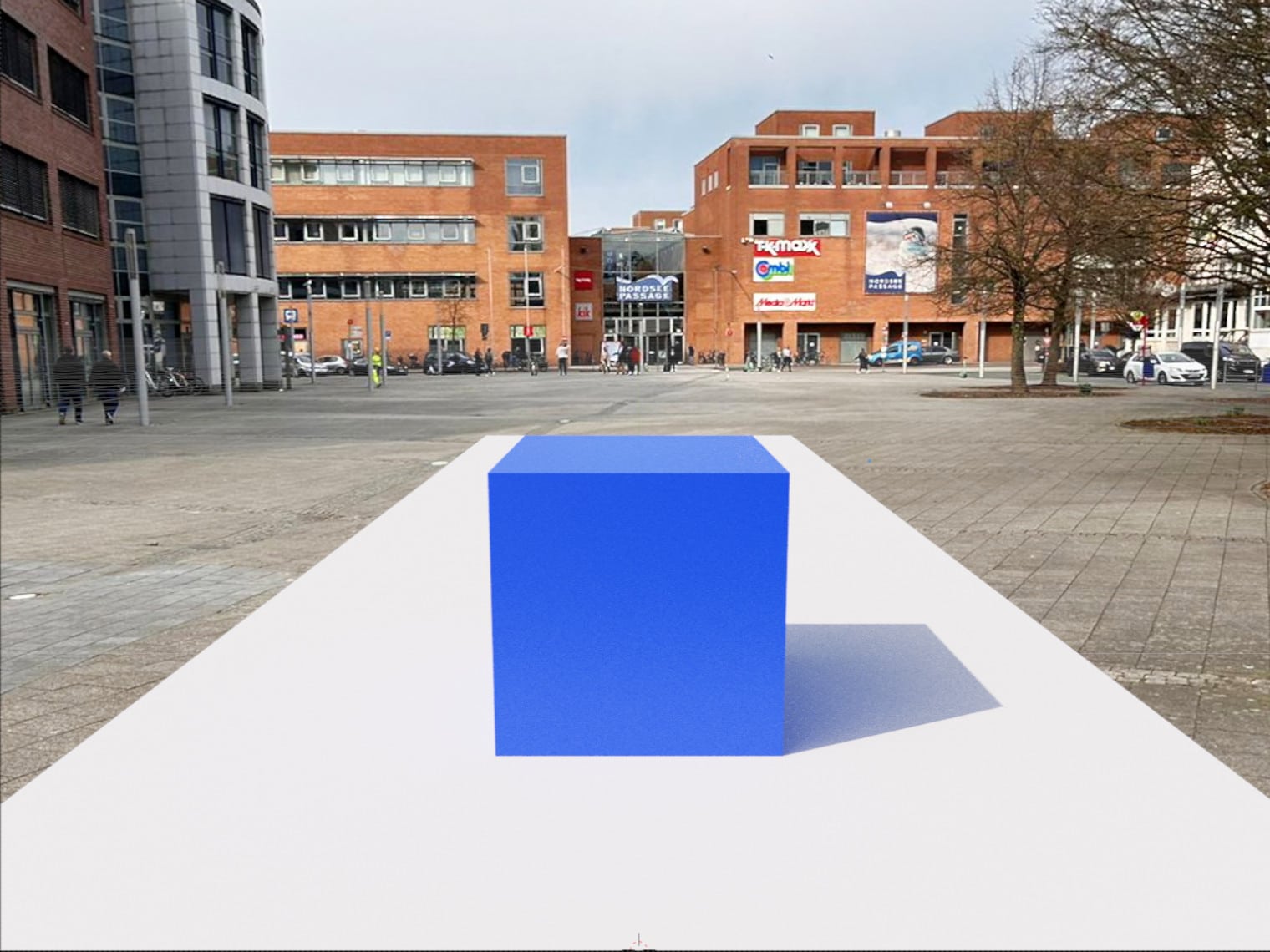
And the width of the image?
Why have I only gone into the length of the image so far? The width of the image is not quite as important. A 3D street painting needs to be painted much more distorted in length than in width.
I look at the picture from the front and not from the side.
So everything, the higher it is, the more distorted in length it is painted. Here is our example of the 1x1x1m cube at 5x10m size of the image from the bird’s eye view.
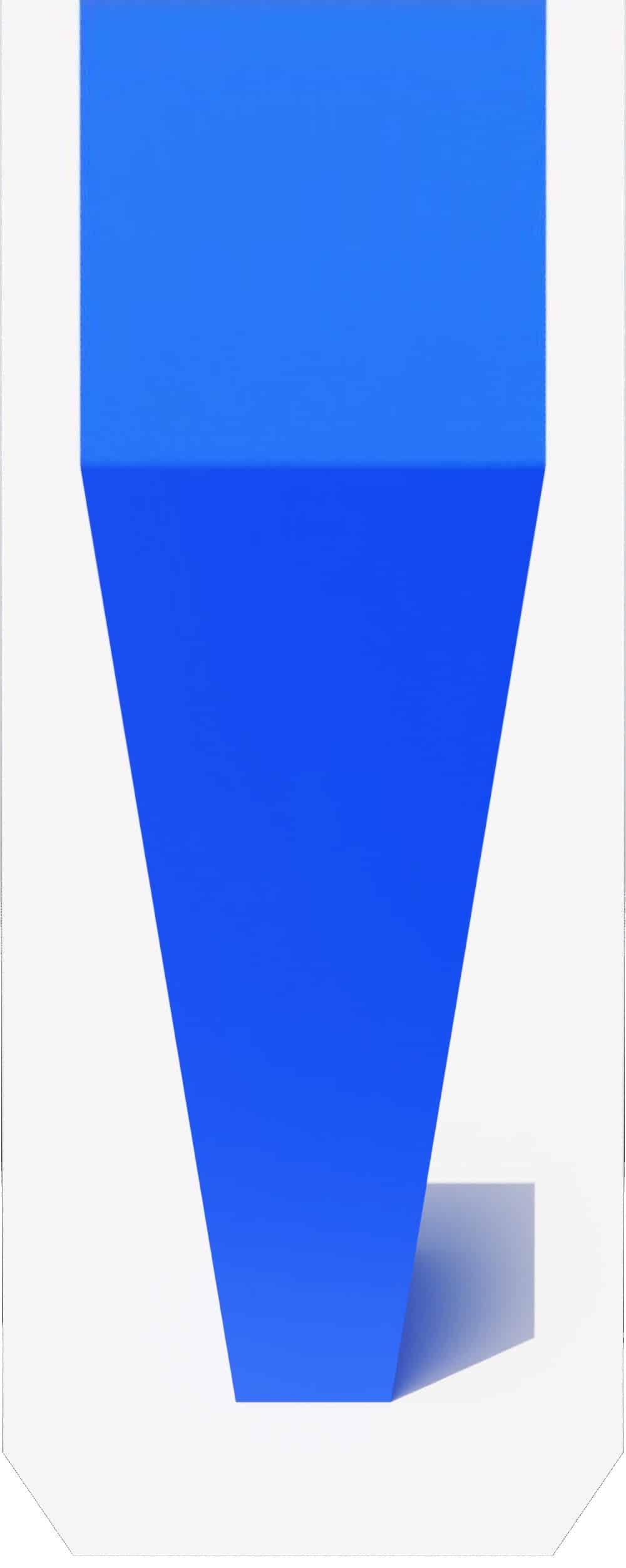
But I have little space for the picture. Is there a trick to this?
The good news is, yes! What is not quite so good, as with all tricks, is that the attentive observer can detect the cheating.
First, you can just paint the cube smaller. Half the size does not mean half the paintings area. If you paint the cube only 0.5×0.5×0.5m, just 3.5 meters in image length is enough.
Whether that stands out is up to you to decide. If a true-to-scale image is not so important, you can save a lot of space by scaling the objects.
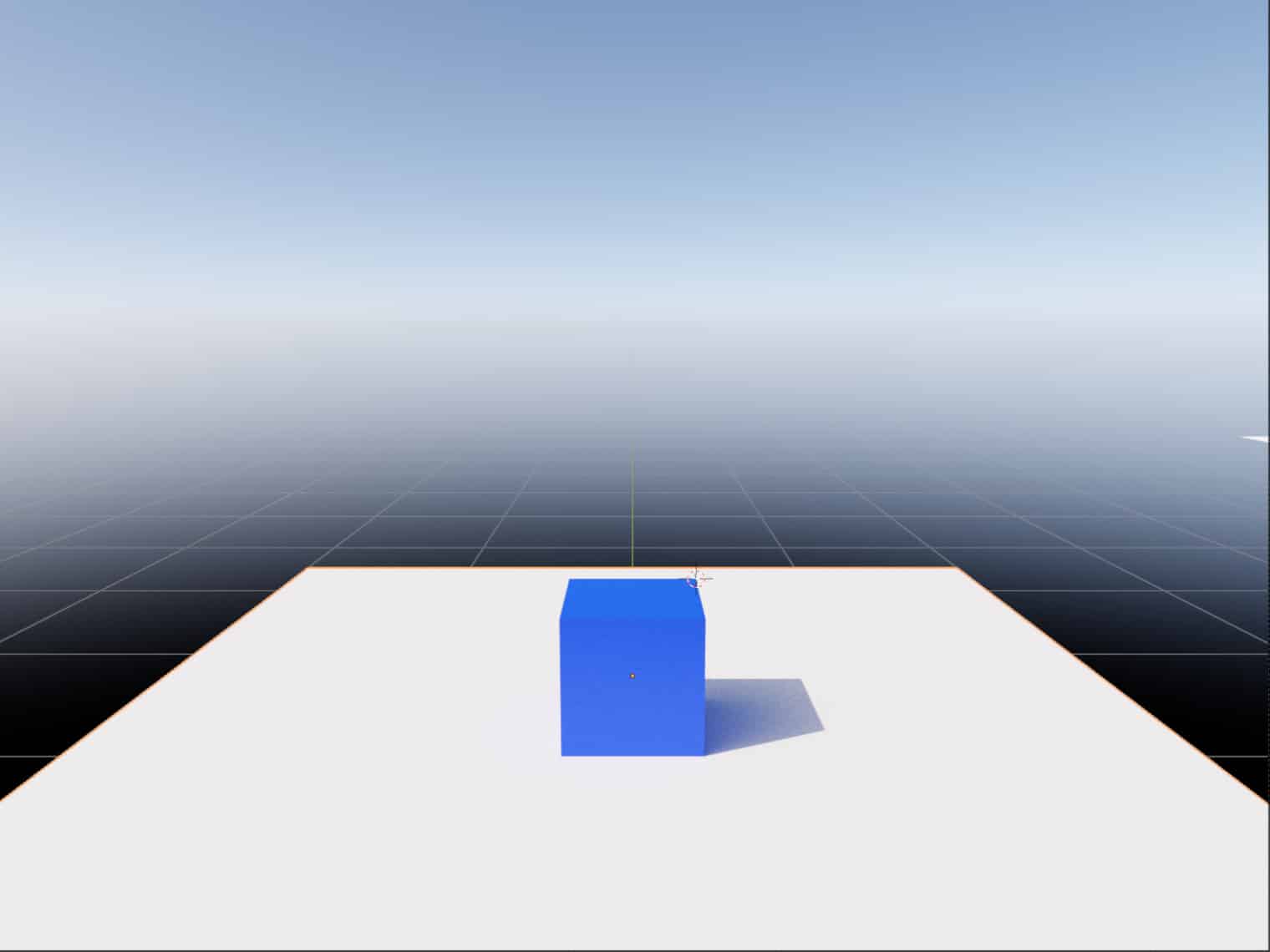
Of course, this trick has its limits. At some point, it just doesn’t look right, or the image becomes untrustworthy, simply because the scales aren’t right.
Just paint a hole!
The next trick is that you don’t paint the cube standing on the floor, but simply set it lower. For this you have to offer the viewer something so that he still perceives the proportions correctly.
So let’s paint a sink in the ground here that’s half a meter deep. The cube is again 1x1x1m, but now stands in the hole. This way you can get by with 4×4 meters of painting space. Great, isn’t it?!
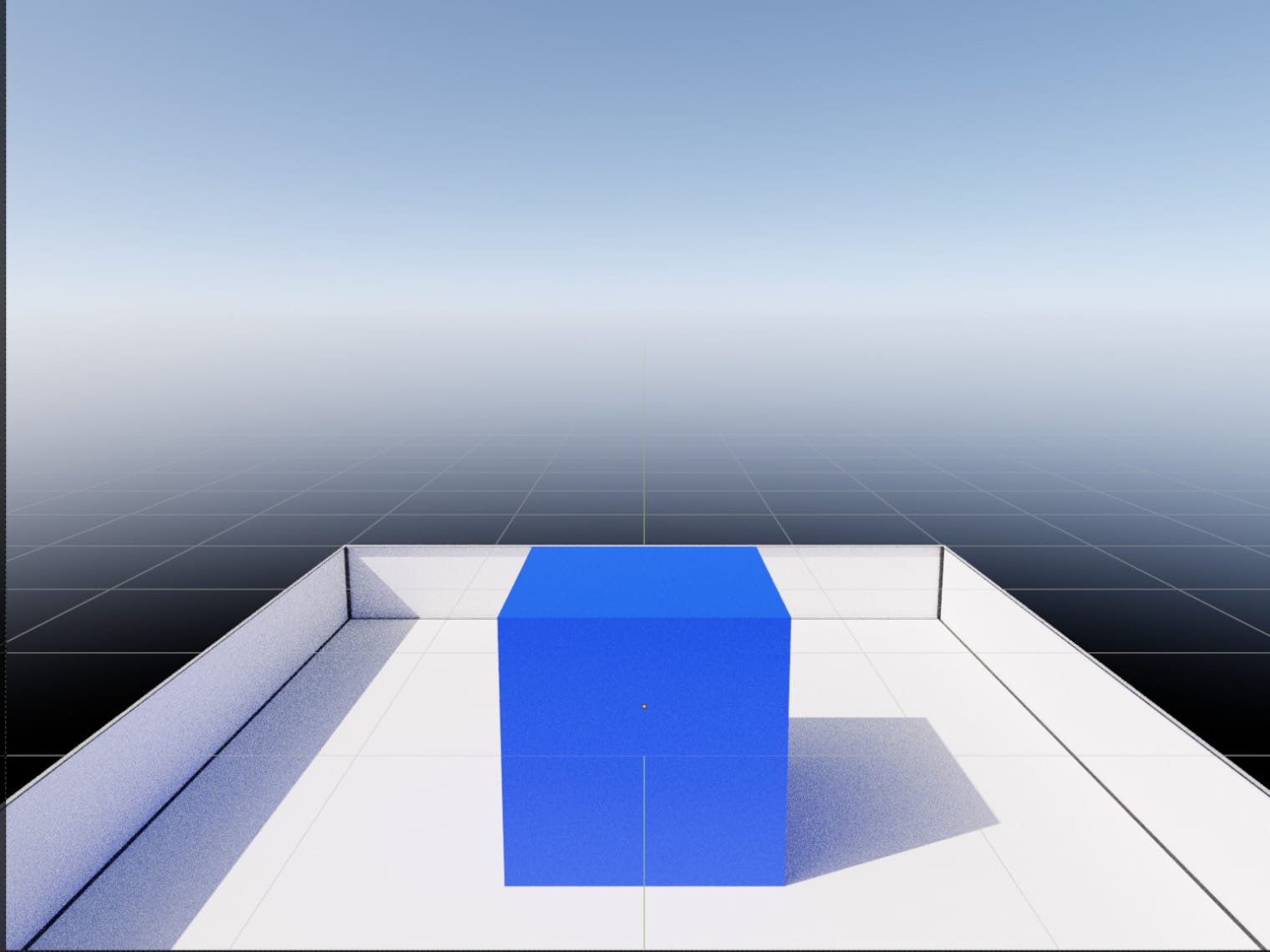
You can really exploit this perspective trick. Of course, there are also limits here, where the depicted object simply looks too unbelievable in relation to the actual environment.
This allows you to paint objects that are actually much too large to be displayed in a 3D image. You remember the beginning where we put a 1x1x1 cube on the floor?
Imagine that the cube is 5x5x5 meters. If it’s on the ground, you have to go crazy high with the camera. And then it looks funny again because nothing can be seen of the surroundings.
But with the hole trick, even such a large cube works. Of course, the image size must be adjusted, but at least it works.
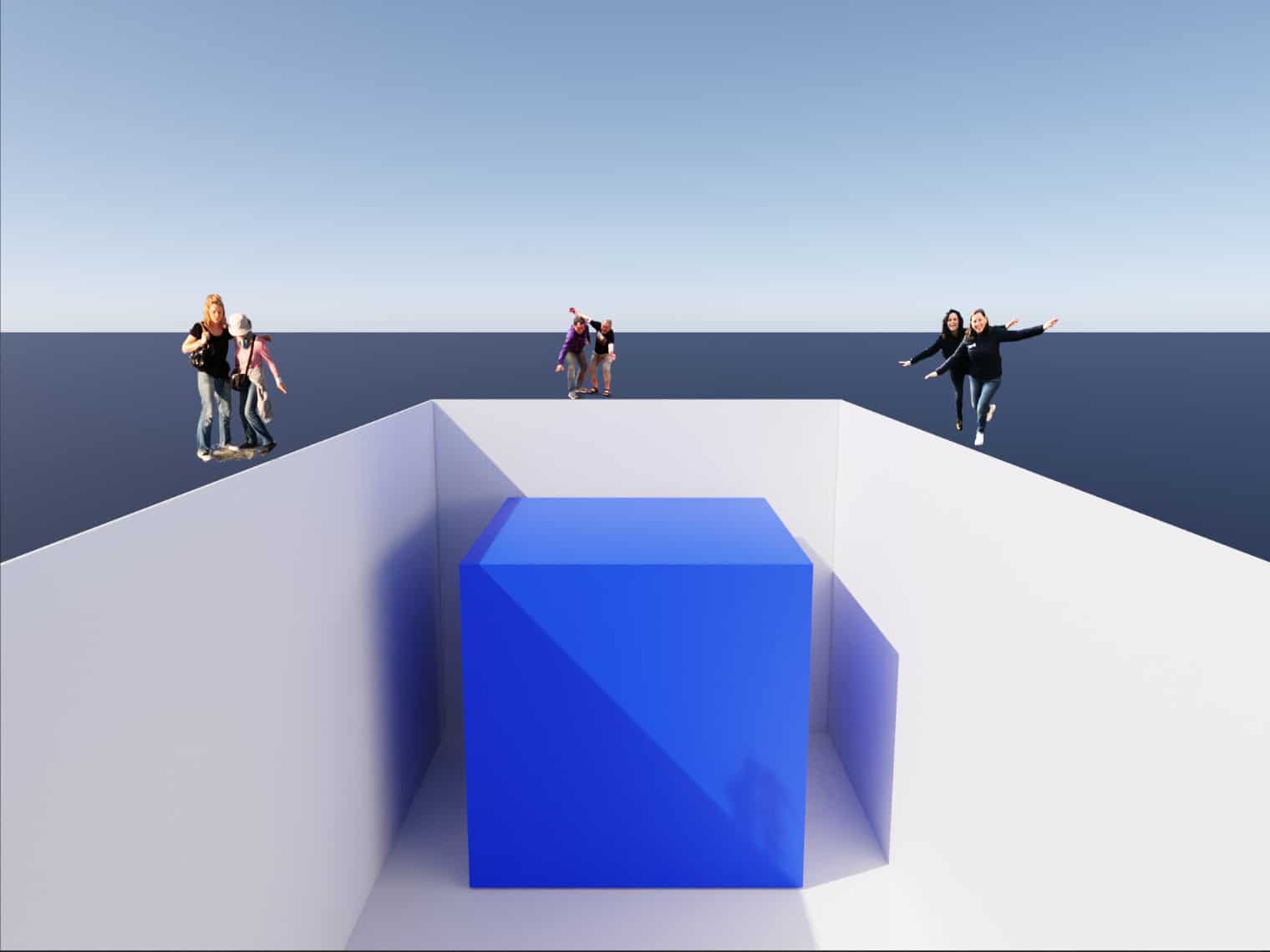
The picture here is eight meters wide and 16 meters long. The cube is 5x5x5 meters and stands on the bottom of the hole, which is about seven meters deep. If you check the ratio of the people to the cube, you will see that it is in correct proportion.
Now if you combine both tricks, the scaling and the hole, a lot is possible. If you paint the hole open at the bottom, i.e. without walls, you can make the viewer believe that a whole city can be seen from above.
And here are the instructions for download:
Size-determine-3d-street-pictures.pdf